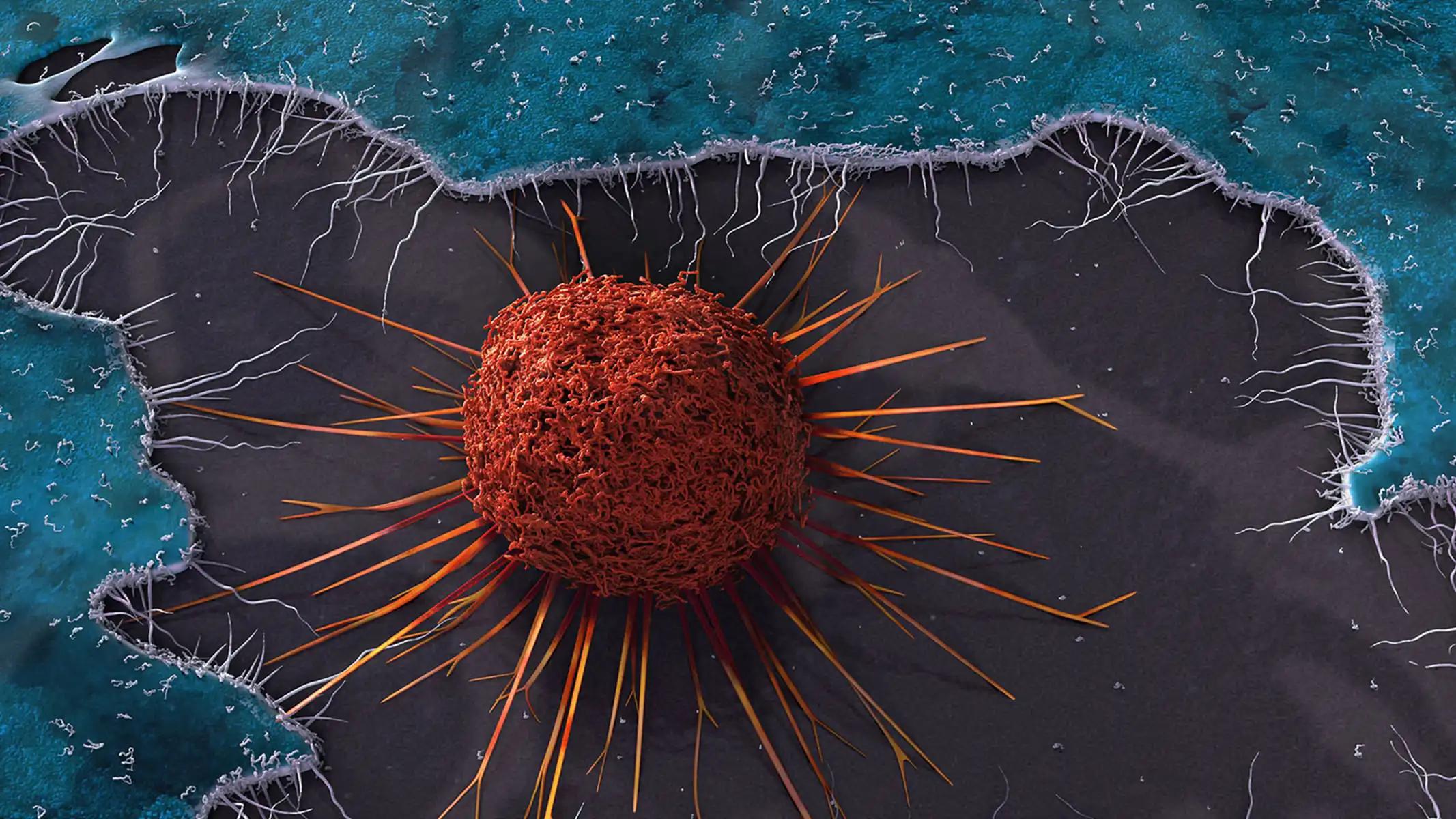KEY TAKEAWAYS
- The study aimed to investigate the correlation between CT imaging findings and the severity of late GI toxicity following RT for cervical cancer.
- Researchers observed CT findings correlate with grade 2-4 late GI toxicity; further investigation is needed.
Radiotherapy (RT) is an effective treatment for cervical cancer, but it can lead to late side effects (SE) in adjacent organs, manifesting more than 3 months post-treatment. These late SE are evaluated through clinical findings to determine their severity. Although previous imaging studies have detailed late gastrointestinal (GI) SE, none have established a clear correlation between imaging findings and toxicity grading.
Pooriwat Muangwong and the team aimed to assess the relationship between CT imaging findings and the severity of late GI toxicity following RT for cervical cancer.
They performed an inclusive analysis of patients with uterine cervical cancer treated with RT between 2015 and 2018. Patient characteristics and treatment details were extracted from hospital databases. Late GI SE, as classified by RTOG/EORTC criteria, and CT images were collected during follow-up. Post-RT GI changes were evaluated from CT images using pre-defined criteria. Risk ratios for CT findings were calculated, and multivariable log binomial regression was employed to determine adjusted risk ratios.
About 153 patients were included in the study, with a median age of 57 years (IQR 49-65). The prevalence of ≥ grade 2 RTOG/EORTC late GI SE was 33 (27.5%). CT findings revealed that 91 patients (59.48%) exhibited enhanced bowel wall (BW) thickening, 3 (1.96%) had bowel obstruction, 7 (4.58%) experienced bowel perforation, and 6 (3.92%) had a fistula.
No patients (0%) were found to have bowel ischemia or GI bleeding. Adjusted risk ratios indicated that enhanced BW thickening (RR 9.77, 95% CI 2.64-36.07, P = 0.001), bowel obstruction (RR 5.05, 95% CI 2.30-11.09, P < 0.001), and bowel perforation (RR 3.82, 95% CI 1.96-7.44, P < 0.001) were associated with higher grades of late GI toxicity.
The study concluded that CT findings are correlated with grade 2-4 late GI toxicity. Future research should focus on validating and refining these findings using various imaging and toxicity grading systems to better evaluate their predictive value.
The study received no funds.
Source: https://pubmed.ncbi.nlm.nih.gov/39251973/
Muangwong P, Prukvaraporn N, Kittidachanan K, et al. (2024). “Utilizing CT imaging for evaluating late gastrointestinal tract side effects of radiotherapy in uterine cervical cancer: a risk regression analysis.” BMC Med Imaging. 2024;24(1):235. Published 2024 Sep 9. doi:10.1186/s12880-024-01420-3



